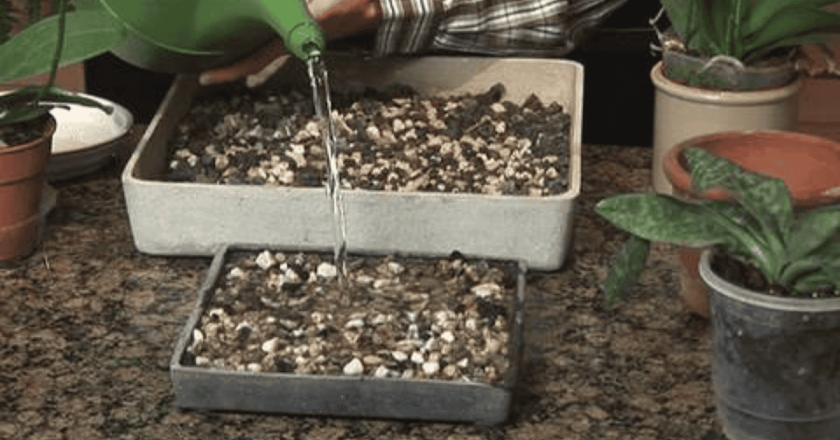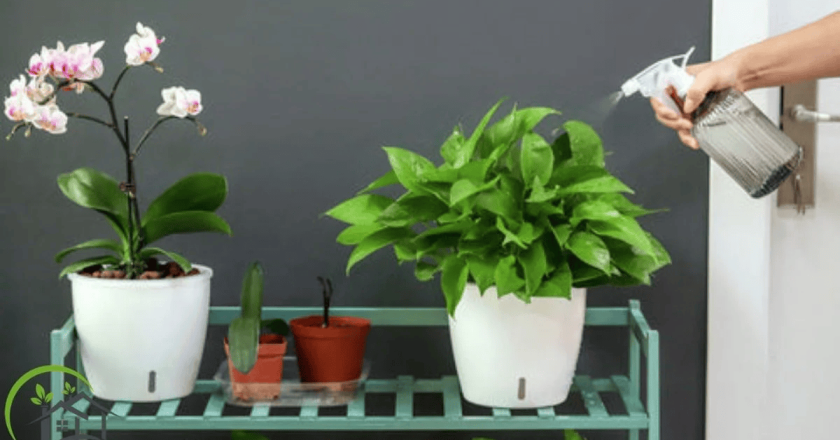There’s a certain quiet magic to the way a Christmas cactus blooms. It doesn’t just sit in a corner and wait to be noticed; it announces itself. Softly, subtly, just when you need it most, right in the middle of winter. And with the right care, that beauty can repeat itself every single year.
This isn’t your typical desert cactus. It’s not rugged and sharp-edged, surviving on sun and grit. No, the Christmas cactus (Schlumbergera x buckleyi) is tropical. Humid rainforest roots, cool-weather blossoms, delicate segmented leaves. It deserves its moment in the sun—figuratively and, well, not too literally.
What Exactly Is a Christmas Cactus?
Let’s get one thing out of the way: a Christmas cactus isn’t quite like any other cactus you know. It grows in hanging segments—leaf-like pads with rounded teeth, often cascading in trailing branches. During bloom season, vibrant flowers in red, pink, purple, or white appear at the tips of the plant. Each flower lasts several days, and the blooming phase can stretch across a couple of weeks.
Mature plants can get impressively long, even up to three feet. But what truly makes them special is their timing. A full, flowering Christmas cactus during the coldest days of December? It feels like a small miracle.
Christmas Cactus Care: Light, Water, Soil, and More
Tanner Allen, a horticulturist and product manager at Westerlay Orchids, puts it this way: “They’re easy to care for—as long as you know what they don’t like.”
Light: Keep It Bright but Indirect
A common misconception is that cacti crave direct sunlight. But the Christmas cactus isn’t a sun worshipper like its desert cousins. It prefers bright, indirect light. A windowsill that gets filtered morning light or dappled afternoon sun is ideal.
Too much direct exposure can cause leaf burn—faded patches or reddish tones that suggest stress. If the color starts to shift, it’s your plant whispering for a better view.
Soil: No “Wet Feet”
This isn’t a plant that likes its roots to be soggy. Choose a well-draining potting mix specifically formulated for succulents and cacti. It should hold moisture just long enough to hydrate the plant but dry out efficiently to avoid rot.
Adding perlite or coarse sand to standard potting soil is an easy hack if you can’t find a specific cactus blend.
Water: Less Is More (But Not Too Little)
Here’s where things get nuanced. Unlike arid cacti, your Christmas cactus does appreciate a bit of regular hydration. During active growth (spring through early fall), water when the top third of the soil is dry.
As the holiday season approaches, reduce watering. This reduction mimics the dry conditions that naturally encourage blooming. It’s all about rhythm. A little restraint goes a long way.
Temperature: Keep It Cool, Not Cold
Comfortable room temperature is just right: 60 to 70°F (15 to 21°C). The plant will tolerate slightly cooler nights, but anything below 50°F can cause stress.
Dry indoor air? No problem. Place a bowl of water nearby or set the pot on a tray of pebbles and water to boost humidity. Your cactus doesn’t want a rainforest, but it does like a little balmy climate.
Fertilizer: Yes, but Only in Season
From spring through late summer, a balanced liquid or granular fertilizer (such as 10-10-10 NPK) applied every two weeks supports healthy plant growth. Stop feeding altogether in fall and winter to allow the plant to rest and reset.
Pruning a Christmas Cactus: Why and How
If your plant is getting a little unruly or you want a fuller appearance, pruning can help. Right after the blooming season, in January or February, is the perfect time.
Pinch or clip off segments where two pads meet. Don’t overthink it. This light pruning stimulates new branching and denser growth. You can even use the trimmed sections for propagation.
Reblooming: The Holiday Trick That Works
To get your Christmas cactus to bloom again, you’ll need to schedule and provide it with the necessary attention. Flowers emerge in response to shorter daylight hours and cooler nights.
About six to eight weeks before you want blooms (say, mid-October for December flowers):
- Keep the plant in complete darkness for 12-14 hours overnight.
- Please place it in a bright spot during the day, but avoid direct sunlight.
If no buds appear after a few weeks, your plant may be receiving too much light or experiencing excessive nighttime warmth. Try shifting locations or checking light exposure.
Overwintering Your Christmas Cactus
Unless you live in USDA zones 10 or 11, you’ll need to bring your cactus indoors before temperatures drop below 50°F (10°C).
Indoors, select a location with indirect sunlight and a stable temperature. Avoid drafts, heating vents, or dry corners. The goal is to replicate a tropical forest under canopy shade, as much as your living room allows.
Propagating Christmas Cactus:
It’s genuinely easy. And honestly, pretty satisfying.
How to propagate:
- Take a piece with 2-3 leaf segments.
- Let it sit out for 24-48 hours, allowing the cut to callous over.
- Please insert it into a pot of succulent soil mix.
- Keep the soil lightly moist and place it in a bright location.
In a few weeks, it should begin to root and produce new growth. That’s it. Instant holiday gift potential.
Common Christmas Cactus Problems (and Solutions)

Even with great care, issues can still occur. The good news? Most problems are treatable.
Fungal Diseases
If you notice black, brown, or yellow spots on stems, you might have a fungal issue. This is usually from overwatering or poor airflow.
Fix it: Reduce watering, improve air circulation, and possibly use a fungicide.
Mealybugs
These tiny white bugs can drain your plant’s energy and leave behind a sticky mess that attracts ants.
Look for: White powdery clumps on joints and undersides. Solution: Use an insecticidal soap spray. Neem oil can also help.
Root Rot
Caused by soil that stays too wet for too long.
Solution: Repot with fresh, dry succulent mix and cut away any mushy roots.
Necrotic Spot Virus
This one’s tough. Yellowish spots might signal a virus spread by thrips.
Fix: Isolate the plant. Remove infected parts. You may need to discard severely affected plants, unfortunately.
Holiday Cactus Varieties: Not Just for Christmas
Yes, there are others!
- Thanksgiving cactus blooms in November. Its segments are more pointed.
- Easter cactus shows off in spring and has rounded leaves.
All three have similar care needs. If you time it right, you could have blooms nearly year-round by growing all three.
Key Takeaways
- Christmas cactus prefers bright, indirect light and well-draining soil.
- Water when the top third of the soil is dry, but reduce watering in fall.
- Encourage blooming with dark periods at night and cooler temps.
- Prune after blooming to promote fullness.
- Propagate easily from stem cuttings.
- Watch for common issues like mealybugs or root rot.
- Thanksgiving and Easter cacti follow similar care routines.
Conclusion
A Christmas cactus isn’t just another houseplant. It’s a tradition, a seasonal companion, and, with care, a long-term friend. When it blooms just in time for the holidays, there’s a kind of joy that no other plant quite replicates.
It doesn’t demand much. A little attention, some patience, and a willingness to listen—not literally, but in the way it responds to your space.
Whether you gift one or grow one for yourself, remember: with just the right touch, your Christmas cactus could still be blooming long after the holiday lights come down.
FAQs
1. Why isn’t my Christmas cactus blooming?
It likely needs longer nights and cooler temperatures to trigger bud development. Try giving it 12-14 hours of darkness daily for a few weeks.
2. Can I place my Christmas cactus outside?
Yes, but only during warmer months (above 50°F) and in a shady, sheltered location.
3. How often should I water my Christmas cactus?
Typically every 1-2 weeks. Wait until the top third of the soil is dry before watering.
4. What pests should I be aware of?
Mealybugs are most common. Look for white clusters on leaves and joints.
5. Can I use regular potting soil for a Christmas cactus?
It’s better to use a cactus or succulent mix. Or amend regular soil with sand or perlite for better drainage.




